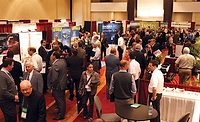POSTPONED
2020 World Adhesive and Sealant Conference Keynotes: Leadership Insights from Around the World
Planned 2020 World Adhesive and Sealant Conference keynote speakers share a sneak peek of what they'll be discussing at the event.
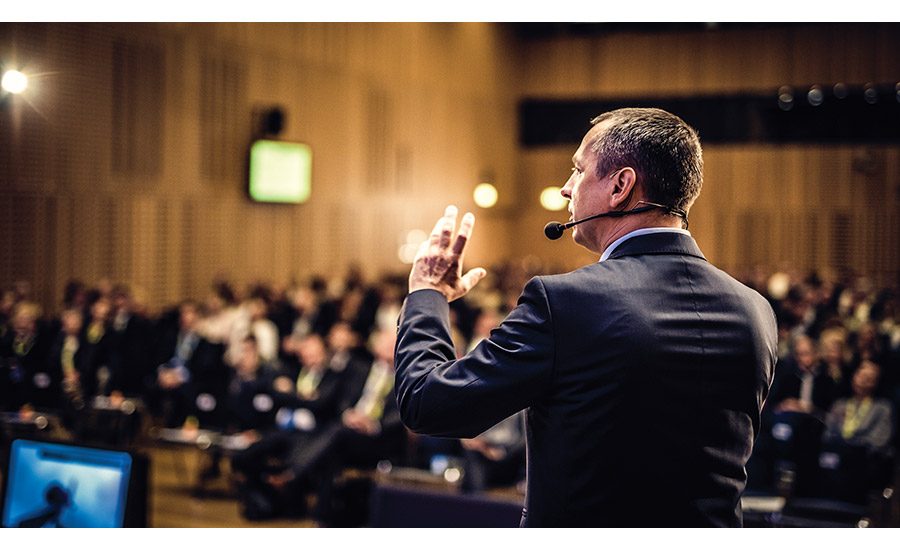
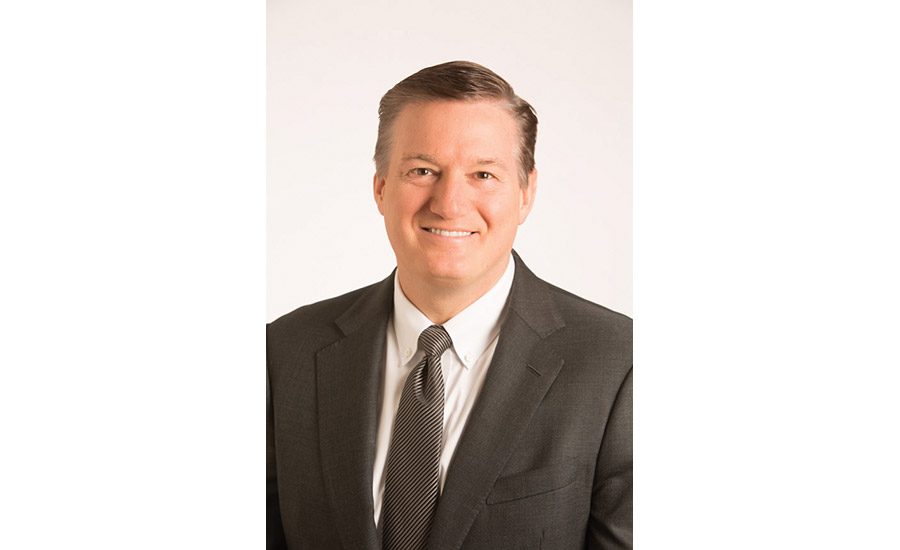
Mike Olosky, Henkel’s President of North America and global head Adhesives Electronics and Industrial Division.
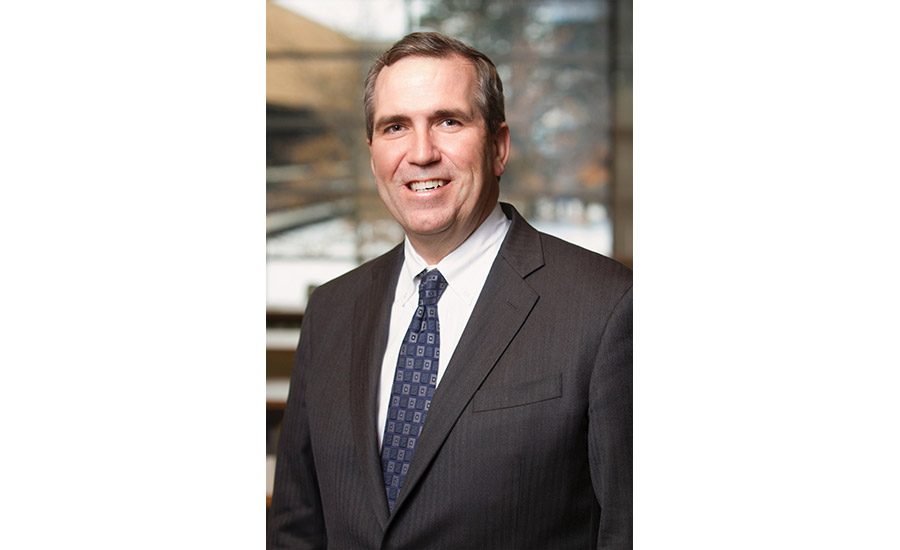
Jim Owens, president and CEO of H.B. Fuller.
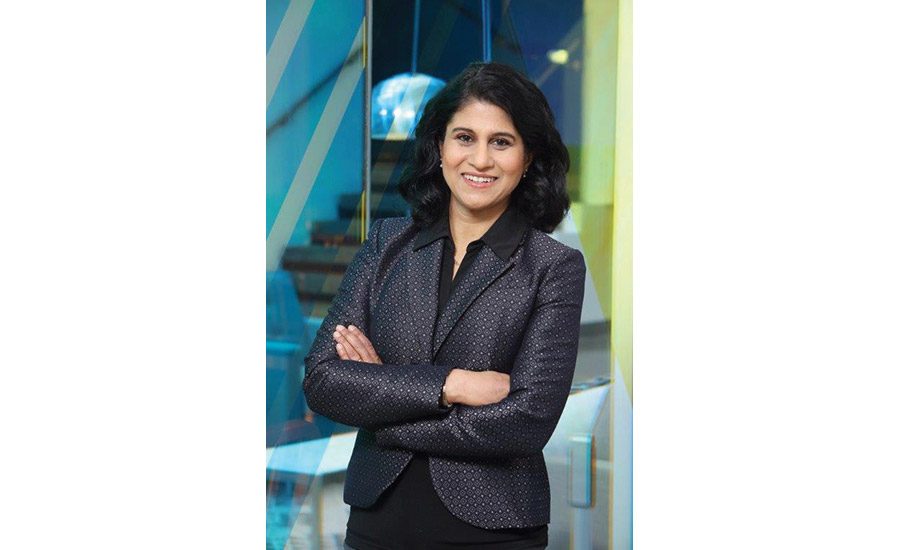
Jayshree Seth, Ph.D., corporate scientist and chief science advocate at 3M.
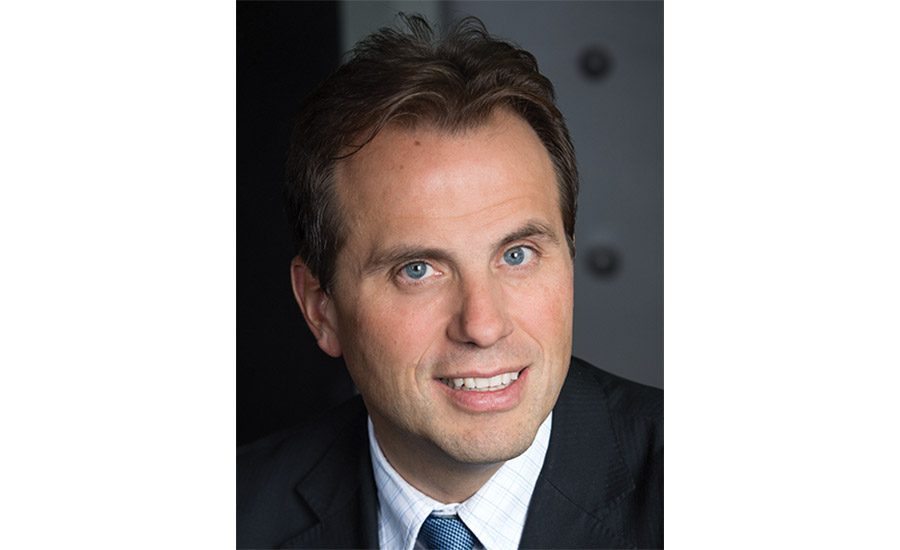
Vincent Legros, Bostik’s chairman and CEO.
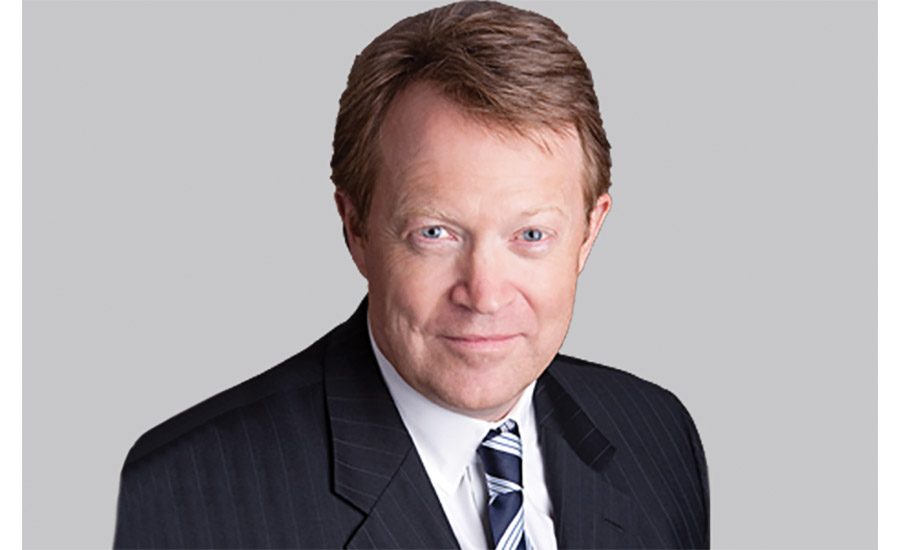
Erik Peterson, partner and managing director of the A.T. Kearney Global Business Policy Council.






NOTE: The World Adhesive and Sealant Conference has been postponed due to COVID-19. New dates will be shared once they are determined.
UPDATE: The World Adhesive and Sealant Conference will be held April 19-21, 2021, at the Hilton Chicago.
Every four years, the adhesives and sealants community gathers at the World Adhesive and Sealant Conference (WAC) to explore opportunities for education, networking, and growth. This year’s event, hosted by the Adhesive and Sealant Council (ASC) and co-organized by the Asia Regional Adhesive Council (ARAC) and FEICA (association of the European Adhesive and Sealant Industry), will be held April 20-22 at the Chicago Hilton in Chicago, Ill.
Leaders from some of the industry’s top companies will take part in WAC, delivering dynamic keynote addresses on a range of topics important to adhesives and sealants. I recently had the pleasure of touching base with these industry leaders to hear a sneak peek of what they’ll be discussing.
Megatrends and Opportunities
Helping to launch the WAC festivities at the Opening Ceremony on April 20 will be Mike Olosky, who serves as Henkel’s president of North America and global head of its Adhesives Electronics and Industrial Division. Olosky will discuss “Trends Shaping Our World and Accelerating Opportunities for the Adhesives Industry.”
Olosky has identified three megatrends that will drive innovation and opportunity for our industry: mobility, connectivity, and sustainability. In the case of mobility, Olosky estimates that key drivers such as alternative energy vehicles, autonomous driving, and lightweighting efforts could result in $100 of additional high-end adhesive content per vehicle. He notes that the adhesives industry needs to innovate in order to help facilitate these advancements—and myriad others.
The trend of connectivity will present challenges in the form of needed infrastructure and data storage and processing capabilities, which adhesives can help overcome. “As 5G gets rolled out this year, there’s going to be a significant increase in the number of connected devices,” says Olosky. “There are a lot of needs for adhesives to enable those systems and manage some of the challenges. A big one in those areas is thermal materials.”
Sustainability is an issue related to both end products that meet consumer demands and manufacturing operations that take the environment into consideration, and Olosky notes that Henkel is actively pursuing a wide range of activities in these areas. For example, in addressing the circular economy through its packaging business, the company is working on making plastic bottles easier to recycle and is developing biodegradable and recyclable paper straws.
“We’re also working with our customers to help them build recyclability into their designs, to think about packaging in a way that facilitates easier recycling,” he says. “An example is our work with Amazon for new padded mailer solutions to replace bubble wrap mailers that they use today that are not recycled.”
As one of the 550+ companies that support the Paris Agreement, Olosky notes that Henkel has a strong focus on reducing greenhouse gas emissions in its operations. The company has developed several specific targets, including becoming climate positive in its operations by 2040, achieving a 75% reduction in its carbon footprint by 2030, and drawing 100% of electricity for its plants from renewable resources by 2030.
These are ambitious goals, but Olosky is confident in Henkel’s approach. “One underlying foundation is that we have 50,000+ employees at Henkel, and we’ve made a concerted effort to train everyone on sustainability so they can proactively work with both our consumers and customers.”
Looking to the Future
Trends are also on the mind of Jim Owens, president and CEO of H.B. Fuller. On Tuesday morning, Owens will share his thoughts regarding “Connecting What Matters: The Future of the Adhesives Industry.”
“What we see at H.B. Fuller is continued evolution in the electronics space as new and different devices are being developed,” he says. “That space is very dynamic in terms of thermal conductivity, electrical conductivity, and other kinds of performance characteristics as we try to make more durable and capable products.”
The company is also focusing on opportunities in sustainable packaging, energy-efficient windows, electric vehicles, renewable energy, and more. “If you think about the way the world is changing, toward a more sustainable environment, toward electrification and electronics, those are the trends in our world and those are the trends we’re seeing affect adhesives and sealants,” Owens says.
New applications are generating so many new opportunities, according to Owens, that adhesives companies really need to work smart and focus their efforts. “Everybody in the world is trying to move from plastic to paper straws, but understanding what the performance standards are going to be, which equipment is going to be adapted, who are going to be the customers that are going to win—those are the kinds of challenges that are out there,” he says. “And that’s the same for paper straws as it for 5G and batteries for electric vehicles.”
What can adhesives companies do to effectively innovate? Make sure R&D teams are close to the market and the customers, Owens says, so they can understand the dynamics and needs of the sector. In addition, companies should ensure collaboration within their organization and beyond, reaching out and working with customers, equipment producers, and other industry leaders.
According to Owens, the future offers much promise for adhesives. Areas such as composites, the continued replacement of mechanical fasteners, and the development of sustainable products are all strong growth prospects. He says that H.B. Fuller will focus on “high growth, continued focus on new products, and enabling new innovation for our customers. Global collaboration is really important for the success of innovation, and I think that’s going to continue to be an important part of our business going forward.”
The State of Science
On Tuesday afternoon, Jayshree Seth, Ph.D., corporate scientist and chief science advocate at 3M, will give WAC attendees a bird’s eye view of details from 3M’s annual State of Science Index. This third-party research project asked people in 14 countries for their opinions on science and scientists.
“3M conducted the State of Science Index to better understand how the world views science and why they view it that way,” says Seth. “Our survey results uncovered that the state of science around the world is complex. There is growing skepticism and fear, mixed with underlying curiosity and hope for the future.”
Based on the findings of the survey, 3M has identified three areas of opportunity: to humanize science and scientists and make science more relatable; to continue to inspire and support the next generation of scientists; and to continue to build advocacy for science around the world. Second only to a lack of funding, “inadequate training/education for the next generation of scientists, and in particular, those in under-represented communities, was chosen as the biggest barrier to the future of scientific advancements.” In addition, the survey results showed that it can be difficult for people to get excited about science when they either don’t realize how it relates to their lives or they can’t comprehend it at all because the results are not shared in easy-to-understand language.
Seth shared some hopeful findings as well. “Despite these challenges, we must also recognize and embrace the curiosity and excitement people have for science around the world, and their desire to learn more,” she says. According to the survey:
- 87% of people believe we need science to solve the world’s problems, and they are excited for scientific developments that will shape our future.
- 72% say science makes them feel curious vs. indifferent (18%) or intimidated (10%).
- While 85% of respondents admit they know little to nothing about science, the same number wish they knew more.
3M has undertaken a number of initiatives to address these issues, including raising awareness through social media and a short film series, developing a communications toolkit for scientists, and supporting STEM education through grants and cash donations. The company also serves as an active global advocate for science. “Last year, I had the opportunity to spread the word about the importance of science, diversity in STEM, and the pipeline of future talent and innovation not just in the U.S. but also Canada, Italy, Russia, France, and India,” Seth says.
She will encourage WAC attendees and the industry as a whole to do our part to help science and scientists. According to Seth, “Anyone can be a science champion. You don’t have to be a scientist to appreciate or advocate for science. Just by talking about it with your friends, sharing news and debating topics, educating yourself on issues and supporting science programs—these are all things that help science to be a vital part of our everyday lives, help make science relatable, and keep it top-of-mind.”
Sustainability in the Real World
Kicking off Wednesday’s activities will be Vincent Legros, Bostik’s chairman and CEO. Legros will share his insights on “Adhesives and Sealants Facing the Rising Trend of Sustainability: Risks and Opportunities.”
According to Legros, the concept of sustainability is increasingly moving toward concrete, real-world solutions. “We are at almost a tipping point in terms of sustainability,” he says. “We are at the point where things will become real. They will really change.”
Adhesives and sealants can contribute to that change in areas such as lightweighting, thermal management materials, and solutions that facilitate the broader development and adoption of electric vehicles. “It has come to a point where sustainability is the next big thing, the next big challenge,” says Legros. “We see that in Europe, for instance, where regulation is very stringent and where industry is changing.”
Challenges certainly remain in our industry, according to Legros, and plenty of work remains to be done. “The adhesives and sealants industry has always been strongly concerned with sustainability, because we contribute to lots of sustainable development, but at the same time I think there are also risks which can exist with our solutions,” he says. “There are also solutions that we don’t provide, in terms of recycling, where we need to find solutions to be still in the race for the future.”
Riding Turbulent Waves
We live in tempestuous times, and the situation isn’t going to calm down any time soon, according to Erik Peterson, partner and managing director of the A.T. Kearney Global Business Policy Council. He will discuss “Competing in an Age of Digital Disorder: Technology, Turbulence and Transformation” on Wednesday afternoon.
According to Peterson and Per Hong, partner at A.T. Kearney, “We’re now seeing big-ticket and simultaneous shifts in geopolitics, economics, technology, and governance. Each of these factors alone is significant enough to change the way business is done. When considered together, these forces are transforming the entire operating environment in complex and unpredictable ways.”
Major areas of turbulence include “governments that are be falling behind in their capacity to respond to changing conditions, the erosion of international system of rules and institutions, and the need for business to redefine its role,” say Peterson and Hong. “We see that companies can no longer avoid taking positions on a number of contentious issues. Beyond that, they can easily get caught in the middle of various disputes, competing regulations, and social attitudes and preferences. It all means taking a stance on issues that were avoided in the past.”
In addition, technology will only continue to advance and force businesses to evolve as well. “The changes resulting from the Fourth Industrial Revolution, starting with artificial intelligence, the Internet of Things, augmented reality, 3D printing, and advanced robotics, are redefining every stage of business as we now know it,” they say. “The current focus on digitalization is a mere down payment on what is coming.”
While they stress that success can never be guaranteed, Peterson and Hong offer several pieces of advice. “First, conduct an audit and identify what is necessary to carry out an end-to-end digital transformation,” they say. “Second, do your homework on what changes are on the horizon in order to ‘connect’ your current state of digitalization to the future. Third, while scanning the horizons, look over your shoulder regularly for potential dislocations arising from new tech thresholds or competitors exploiting adjacencies or other potential advantages. Finally, never allow yourself to relax.”
For additional information regarding WAC, including registration details, visit www.wac2020.com.
Listen to full interviews with the keynotes and explore our extended WAC coverage at www.adhesivesmag.com/wac.
Looking for a reprint of this article?
From high-res PDFs to custom plaques, order your copy today!





